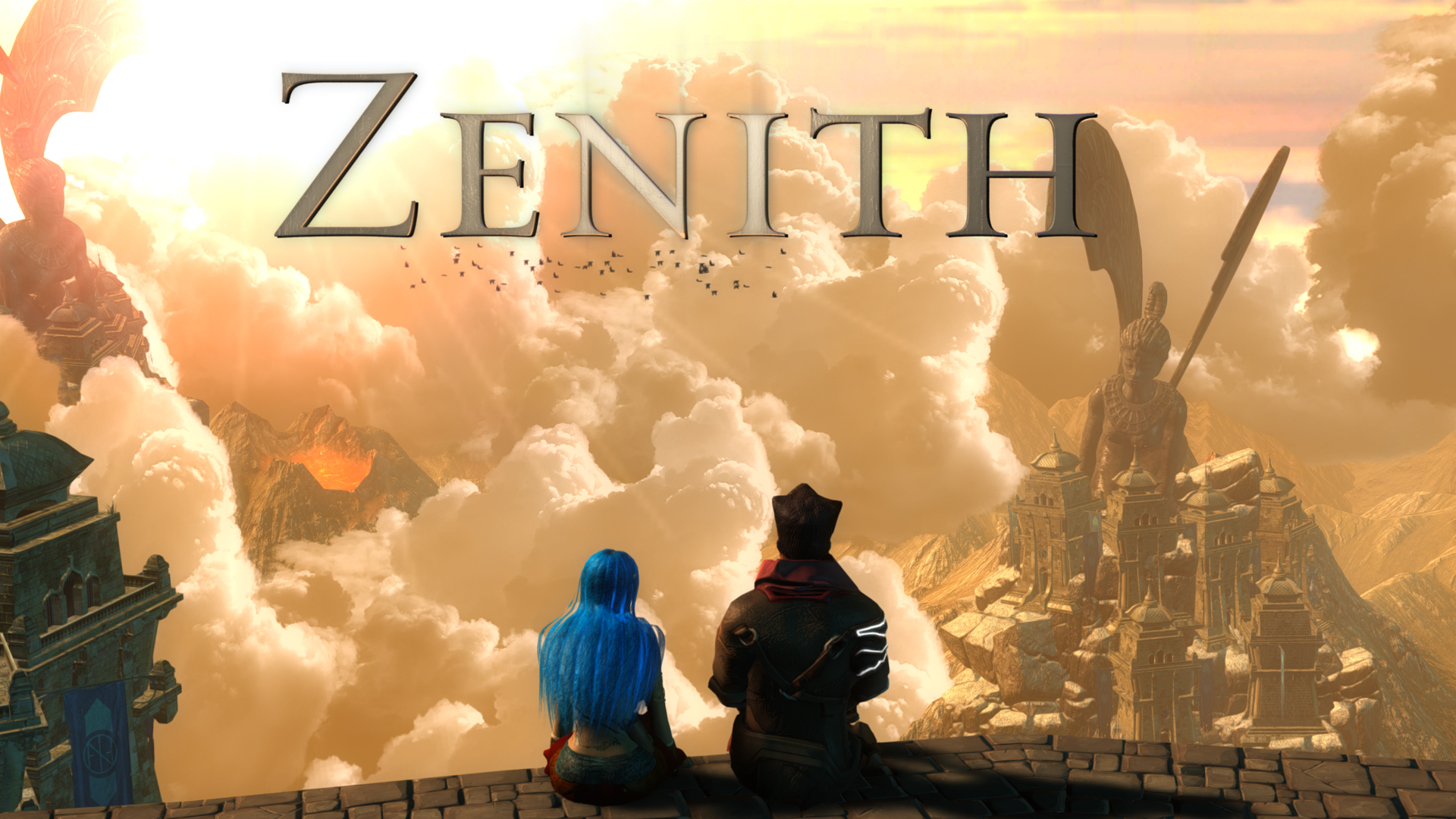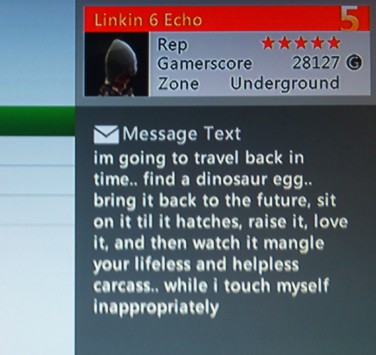In many games, mental disorders are very much defined as auxiliary to the characters within the game. They are used to derive a sort of mechanic and are ignored narratively as they relate to character development and seriously dealing with these topics. Games like Amnesia, Don’t Starve, and The Evil Within all come to mind where an array of disorders are constructed in a way to garner j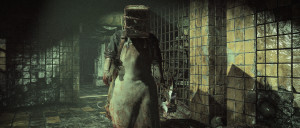 ump scares, as sanity meters, or as an explanation for certain “set dressings”, villains, and villainous motifs. Night in the Woods, a game developed by Infinite Fall, does something different. While I have yet to finish the game, the way in which mental disorders are depicted in the narrative and characterized throughout the game has left a lasting impression.
ump scares, as sanity meters, or as an explanation for certain “set dressings”, villains, and villainous motifs. Night in the Woods, a game developed by Infinite Fall, does something different. While I have yet to finish the game, the way in which mental disorders are depicted in the narrative and characterized throughout the game has left a lasting impression.
The game follows Mae Borowski, a sophomore college dropout. She returns to her home town of Possum Springs where she tries to reconnect with the community and her friends. After being away for a few years Mae quickly discovers that, while much is the same on the surface, the town has been hit hard by an economic recession and many of the inhabitants, including her high school friends and parents, are struggling to get by. As Mae continues through her daily life she learns more about herself and the developing struggles of those around her. Through conversations and mini games the player is given small glimpses into the lives surrounding Mae and also alludes to Mae’s own backstory – Why did she drop out of college? Why won’t she discuss ‘what happened’ at college?
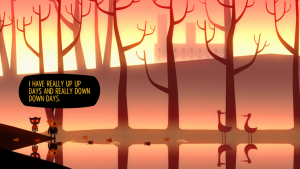 Mae’s friend Gregg suffers from bipolar disorder. After spending an afternoon with him Mae learns of his internal fears. He is afraid of losing his boyfriend, Angus, and that he often has a very bad image of himself. He states that has very “up up days and very down down days”. Furthermore, this does not end with this single conversation. The player sees this throughout the game – some days Gregg is very excitable and energetic where other days he barely talks to you and it is clear he is struggling.
Mae’s friend Gregg suffers from bipolar disorder. After spending an afternoon with him Mae learns of his internal fears. He is afraid of losing his boyfriend, Angus, and that he often has a very bad image of himself. He states that has very “up up days and very down down days”. Furthermore, this does not end with this single conversation. The player sees this throughout the game – some days Gregg is very excitable and energetic where other days he barely talks to you and it is clear he is struggling.
Players are also given subtle hints to the troubles Angus and Gregg face on a daily basis. Near the beginning of the game Gregg says that he cannot hangout because he has to go get dinner with the family. When Mae questions him on whether this is a good or bad dinner he pauses and then replies that it’s a “friendly” dinner. Later Angus disappears as he explains he too needs to take care of “family matters”. As the player talks to them more it becomes clear that some of the issues they are dealing with internally and with their relationship stem from homophobic relatives.
Both Mae and her old friend, Bae, suffer from depression. Bae lost her mom a few years back and had been struggling with an over burdening job and supporting her father, giving up her dreams in the process. She often talks to Mae about how tired she always is and that she has lost an interest in many of their old habits and hobbies. At first Bae is extremely hostile towards Mae and is resentful for her company and presence. She reacts angrily or with sarcastic impatience to anything with an amount frivolity.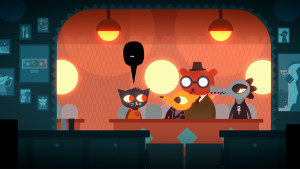
As Mae continues to talk to her and tries to hang out with her Mae, and the player, understand Bae’s disposition with a bit more clarity. Furthermore, there is a contrast to Mae’s and Bae’s depression. Mae has had outbursts of severe anger and repressed feelings. This is worsened by her anxiety, which is also something she has to deal with through the game. She is snarky, has described herself as a jerk, and sometimes illustrates discontent with her body type. Though she is not overtly feminized, she still deals with sexist attitudes in her family. For example, her grandfather excluded her from certain activities because they were “men’s” activities. In an interview back in 2013, one of the developers, Scott Benson, explains “that she isn’t traditionally feminized does come into her character a bit. It’s not a main story line focus; it’s just who she is”. Mae is very content with destruction and finds happiness in breaking objects. All of this shows that depression does not have singular characteristics. People with depression do not have all the same symptoms and how people react and deal with this disorder can greatly vary. The game tries to address the stigma that depression is one thing.
Though depression is symbolized throughout the game and is paralleled by the economic hardship seen within the town, the development and characterization of these struggles is still very much a part of the characters. The developers address these issues but with a subtle finesse. Much like real life, they do not explicitly tell you – this character has depression. You must see that for yourself by really listening to these characters stories. It is something that they deal with every day and is very much a part of who they are and while they are struggling to discover who they want to be.
Here anoth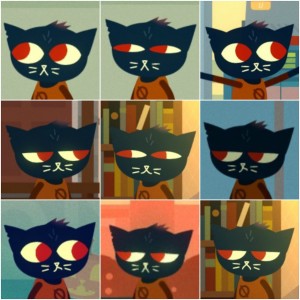 er point of interest is illustrated throughout the game – the idea of “access”. By this I mean the methods in which these characters have the ability to get help with their struggles. Many cannot afford to go to the doctor. Being a part of a poor and small town there are not many options for them. Those that can afford to go are frustrated as they are all lumped into the same category. Therefore, the characters in this game must heavily rely on one another – to talk to, to hang out with, and to notice and listen.
er point of interest is illustrated throughout the game – the idea of “access”. By this I mean the methods in which these characters have the ability to get help with their struggles. Many cannot afford to go to the doctor. Being a part of a poor and small town there are not many options for them. Those that can afford to go are frustrated as they are all lumped into the same category. Therefore, the characters in this game must heavily rely on one another – to talk to, to hang out with, and to notice and listen.
Despite the 2D graphics and the animal characters, the narrative feels incredibly real. Part of this realism stems from the developers personal experiences. Scott Benson has bipolar disorder while Alec Holowka has been very clear on his struggles with mental disorders while hosting the podcast “Everybody’s Fucked Up”. While I cannot relate to the games small hometown, “rust belt” setting, there is much I can still relate to – and I feel others will as well. The pressures and feelings associated with struggling to define yourself (especially in your 20’s and in college) are ever present. How the game addresses and renders mental disorders is also very important. While I enjoy scary games and games that force me to prioritize my time and tasks, it is nice to see a game that is willing to illustrate these topics in a way that does not deal with horror or trivialize them to mechanics.

